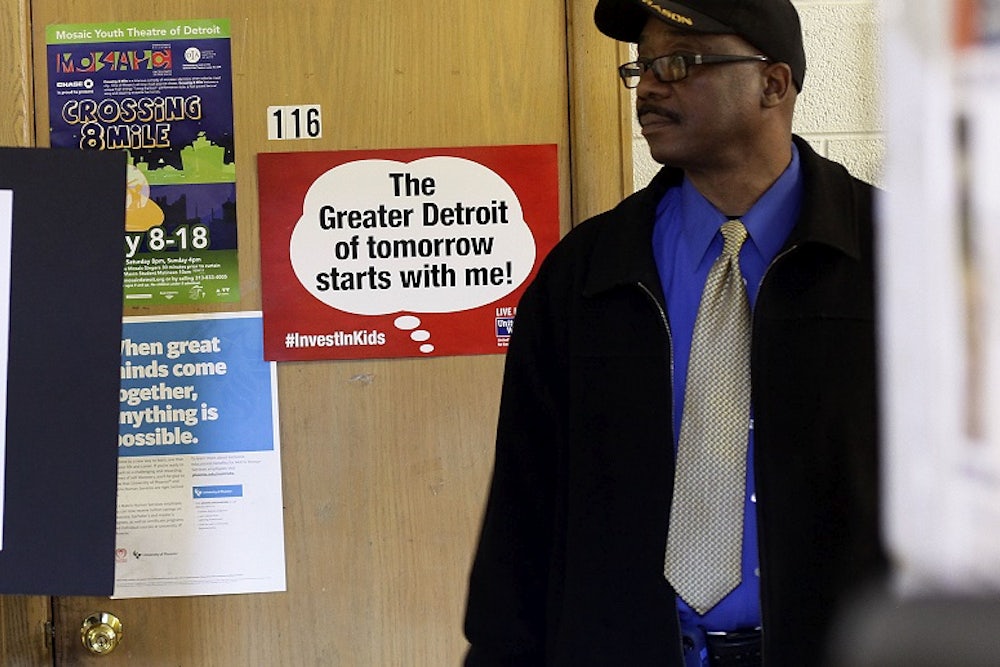For the past few years, it was like clockwork: A disappointing summer of job growth would give way to a much stronger winter. Economists would hesitantly forecast that the economy was about to kick into second gear. Then the summer would come and the disappointing data would return. But finally, it looks like we are ready to break that trend: The economy added 288,000 jobs in June, soundly beating economists’ expectations of 211,000, and the unemployment rate fell to 6.1 percent.
You can see this pattern of strong winter and weak summer—and the possible breaking of it—in the three-month moving average of job numbers:

No one is quite sure why this trend persisted for so long, but it led to consistent dismay each summer when growth failed to materialize. Each time the “recovery winter” never transitioned into a “recovery summer.” In 2014, this cycle seemed to have reversed itself. Winter job growth was anemic thanks to an unusually cold winter. Last week, we found out that economy contracted at a 2.9 percent annual rate in the first quarter of the year. This reignited worries that, despite predicting strong growth at the start of the year, economists were once again set up for failure. In fact, the Federal Reserve already downgraded its growth forecast due to the horrible first quarter GDP number.
But, GDP growth is a backwards looking indicator. In other words, it measures the economy as it was three months ago, but offers little information on its current state. Forward-looking indicators, on the other hand, have told a different story. Consumers, businesses and investors are all showing renewed confidence in the economy. On Monday, pending home sales hit a four-year high. Automakers also reported surprisingly high sales. Many economists even expect wage growth in the second half of the year. The June jobs report only adds further support for the recovery summer.
In fact, June was the fifth consecutive month of job growth above 200,000, the first time that’s happened in many years. Over the past 12 months, the economy has nearly 2.5 million jobs, more than 200,000 per month. The Bureau of Labor Statistics also revised April and Mays numbers up by 29,000 jobs.
Other areas of this report were strong as well. Wage growth slightly beat expectations, up 2.0 percent year-over-year. The broader measure of unemployment—called the U-6 measure—also takes into account part-time workers and workers who are not actively searching for a job, but would like one. Economists have wondered whether a stronger job growth would bring these “discouraged workers” back into the job market. Over the past few months, we’ve seen a slow decline in the U-6 measure. In June that continued as it fell from 12.2 percent to 12.1 percent. That’s still above its pre-crisis level, but it is moving in the right direction. The same goes for long-term unemployment. The ranks of the long-term unemployed fell by another 293,000 to 3.1 million, though it’s unclear if they’re finding employment or just dropping out of the labor market.

There are few commentators on Twitter who parse the jobs report better than economist Justin Wolfers. In recent years, it was often him who urged caution as the economy picked up in the winter and would shoot down any reporters showing too much optimism. But even he couldn’t find anything to be pessimistic about in this jobs report:
There is simply no bad news in this jobs report. Go on, dig into the detail, and see if you can find it. I dare you.
— Justin Wolfers (@JustinWolfers) July 3, 2014
This post has been updated.
